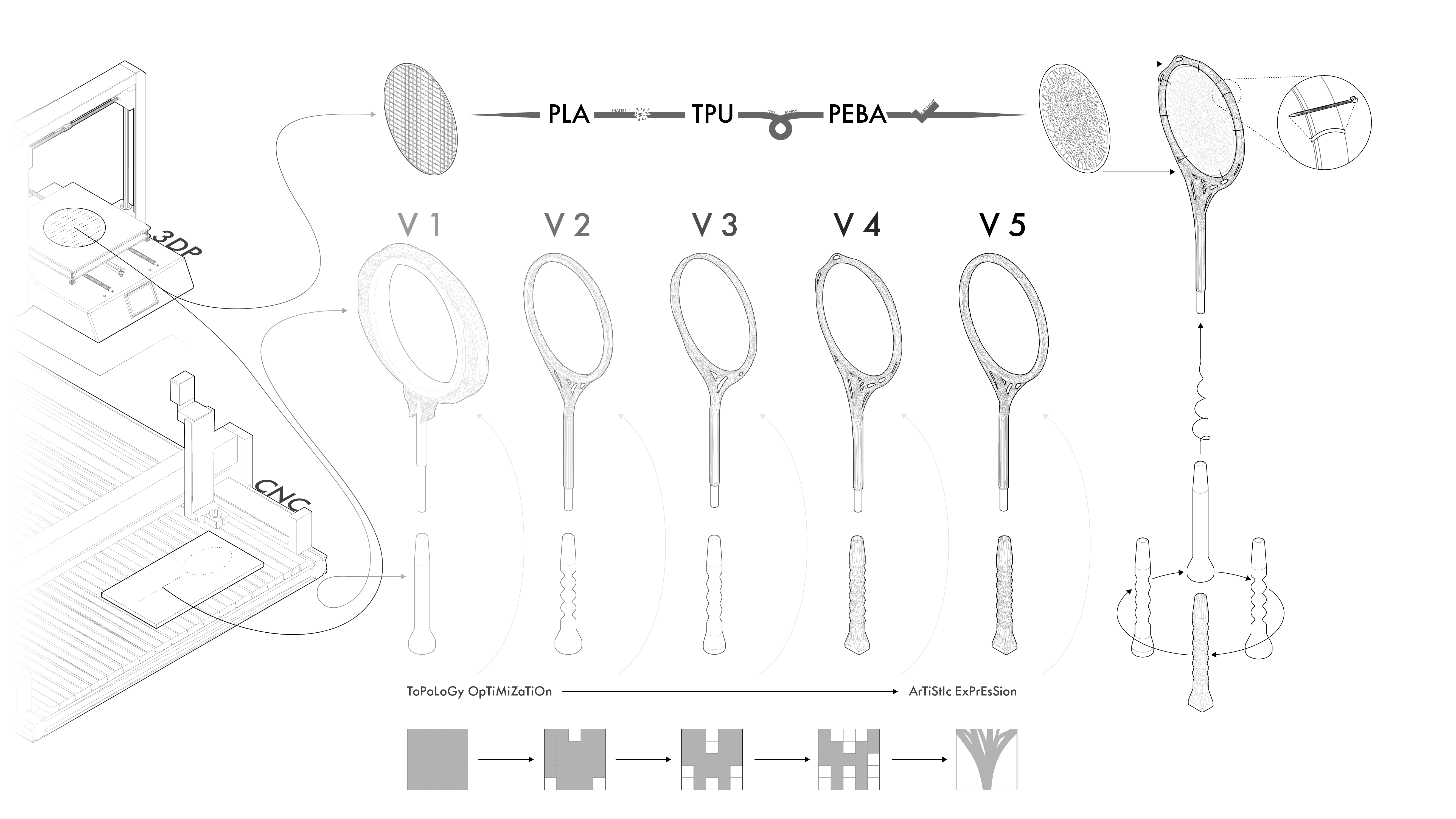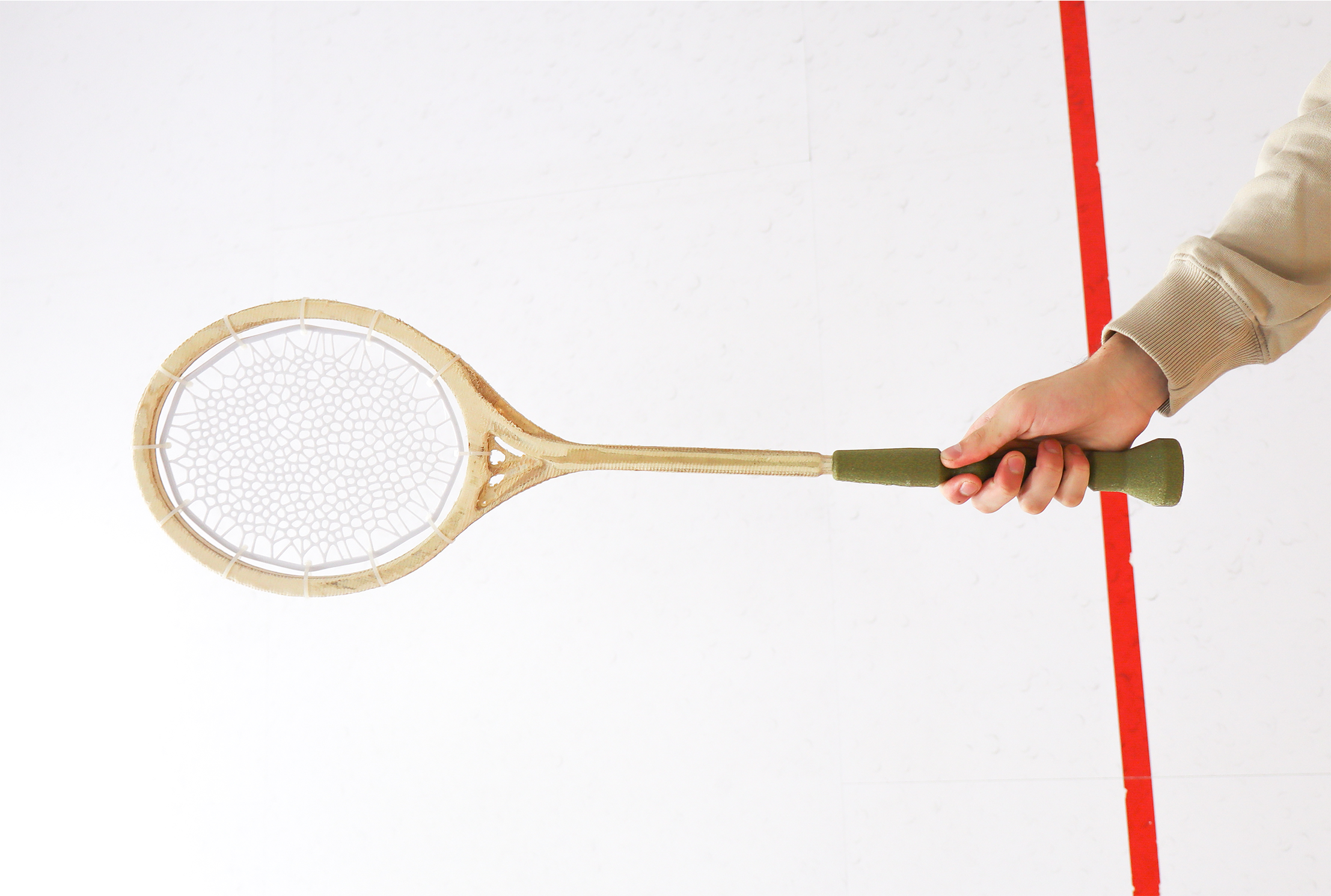ScrapAR

ScrapAR, a prototype gamified object tracking pipeline that walks an unfamiliar user through a beginner woodworking project.









Role
As the author and principal investigator of this Master's thesis, 'ScrapAR,' my role encompassed the entire research and development lifecycle. I conducted foundational ethnographic interviews with local woodworking professionals and reviewed the state-of-the-art in AR, CV, and craft pedagogy. I designed, implemented, and tested the core computational workflow, exploring various CV techniques (including FoundationPose, DepthPro, and OnePose++) for material dimensioning and developing the AR interface using Unity, ARFoundation, and Vuforia. I also created the instructional content, designed the user study, analyzed the results, and authored the complete thesis document, driving the project from its initial conception to its final conclusions
Abstract
This thesis introduces a computational workflow that integrates computer vision (CV) and augmented reality (AR) to democratize woodworking education for beginners. Grounded in ethnographic interviews with professionals, iterative prototyping, and systematic testing, the proposed approach enables users to catalog and repurpose scrap materials as volumetric “ingredients” within AR assisted recipes. Leveraging machine‑learning‑based object detection and accessible AR game engines, the system delivers interactive user-interface overlays -- including tool tutorials, nested part visualizations, and step‑by‑step assembly guidance -- for constructing a pre-designed chair. By automating tasks such as scrap management, spatial planning, and measurement, the workflow reduces barriers to entry to woodworking as a form of craft and fosters creative reuse of existing materials. To evaluate its effectiveness, users -- ranging from a novice to an experienced woodworker -- completed an illustrative project. Their case studies demonstrate improvements in user confidence, material efficiency, and exploratory learning. The findings suggest that integrating CV and AR can enhance craft‑education accessibility and support innovative, sustainable practices in alternative learning environments.
See the slides
Tech
• Computer Vision - 6DoF Pose Estimation with FoundationPose and OnePose++
• Augmented Reality - Unity, ARFoundation, and Vuforia Engine
• Machine Learning - Pre-trained CV models and Multi-Modal LLM APIs for extended functionality
• Ethnographic Research - Interviews, observations, and field research
• User Study Design / Analysis - Planned, executed, and evaluated to create actionable feedback
• Prototyping - Unity, Rhino/Grasshopper, and physical modeling
• CAD & Scripting - Rhino/Grasshopper, GHPython, and OpenNest
[Click here for the final thesis document! (One year embargo)]






